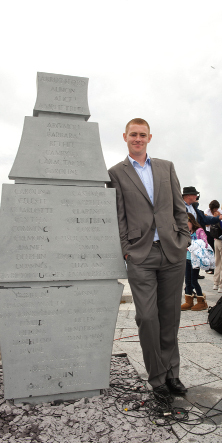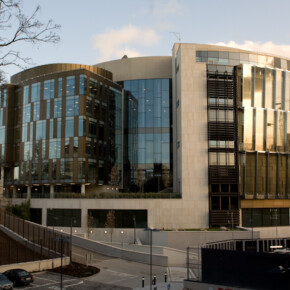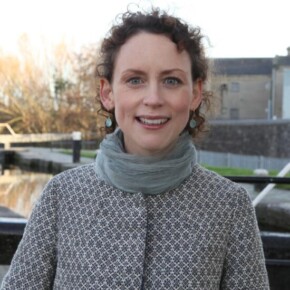Stone cutter creates memorial to famine crews
Dublin People 03 Sep 2012
A PIECE of public art created by a young Southside stone cutter to commemorate the crews of the ships that transported starving Irish emigrants to America during the Famine was unveiled recently.
Philip Glendon (28), from Loughlinstown, spent four months designing and working on the Famine Ship Memorial, which was unveiled at Celia Griffin Park at Grattan Road beach in Galway.
The monument comprises two large limestone boulders on which the names of the 100 ships that transported thousands of Irish emigrants from Galway Harbour to America during the Famine between 1847 and 1852 are inscribed.
The memorial was the brainchild of Galway man Mark Kennedy, who was formerly a film scriptwriter in the US, before he returned to Ireland in the 1970s. In 2009, he initiated a fundraising campaign to collect the e20,000 needed to pay for the memorial.
He was also responsible for initiating the campaign to rename the park where the memorial is located after the six-year-old Celia Griffin, who, like countless other local children during the Famine, died of starvation on the streets of Galway City in 1847.
Mr Kennedy commissioned Philip to create the memorial after a chance encounter between the two men last year.
Philip explained that the memorial is primarily dedicated to the captains and crews of the 100 Galway based ships that helped transport thousands of Irish people to a better life in the US during the period of mass starvation.
He designed the memorial on one of the limestone boulders in the shape of a ship’s sail and then spent four months carving the names of the 100 ships onto the face of the rock.
He also inscribed the dedication of the memorial to the captains and crews of the famine ships on the face of a second piece of limestone in the park.
“It took one of the ships, the
‘Cuisle Mo Chroi’, 90 days to cross the Atlantic in a vicious storm,
? he said.
“At Ellis Island they thought the ship was gone because they were 30 days’ late but the captain managed to get everyone across alive.
“There was a record of the names of the ships that left Galway, so that means people can identify which one their ancestors were on.
?
Philip said that the memorial has been well received by the public. He also believes the unveiling of the memorial marks a promising start to his career as a sculptor of public art.
“There was a great turn out on the day of the unveiling,
? he said.
“There were about 80 to 100 there. I was delighted with it. It was a large body of work. It was a great start to my career, as it was a huge commission.
?











